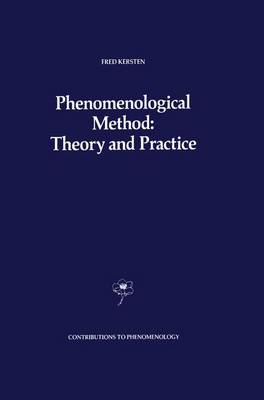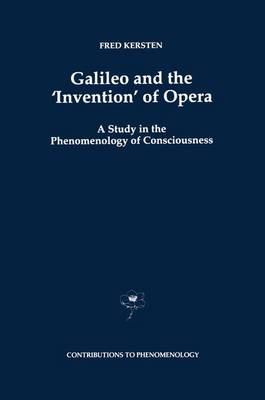Contributions to Phenomenology
2 primary works
Book 1
This book has two parts. The first part is chiefly concerned with critically establishing the universally necessary order of the various steps of transcendental phenomenological method; the second part provides specific cases of phenomenological analysis that illustrate and test the method established in the first part. More than this, and perhaps even more important in the long run, the phenomeno logical analyses reported in the second part purport a foundation for drawing phenomenological-philosophical conclusions about prob lems of space perception, "other minds," and time perception. The non-analytical, that is, the literary, sources of this book are many. Principal among them are the writings of Husserl (which will be accorded a special methodological function) as well as the writings of his students of the Gottingen and Freiburg years. Of the latter especially important are the writings and, when memory serves, the lectures of Dorion Cairns and Aron Gurwitsch. Of the former especially significant are the writings of Heinrich Hofmann, Wilhelm Schapp, and Hedwig COlilrad-Martius.
Book 29
Intended for scholars in the fields of philosophy, history of science and music, this book examines the legacy of the historical coincidence of the emergence of science and opera in the early modern period. But instead of regarding them as finished products or examining their genesis, or `common ground', or `parallel' ideas, opera and science are explored by a phenomenology of the formulations of consciousness (Gurwitsch) as compossible tasks to be accomplished in common (Schutz) which share an ideal possibility or `essence' (Husserl). Although the ideas of Galileo and Monteverdi form the parameters of the domain of phenomenological clarification, the scope of discussion extends from Classical ideas of science and music down to the beginning of the nineteenth century, but always with reference to the experience of sharing the sociality of a common world from which they are drawn (Plessner) and to which those ideas have given shape, meaning and even substance. At the same time, this approach provides a non-historicist alternative to understanding the arts and science of the modern period by critically clarifying the idea of whether their compossibility can rest on any other formulation of consciousness.

